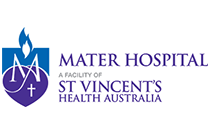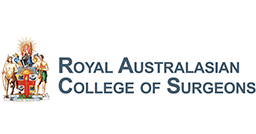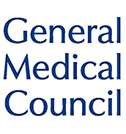Fractures
How Do Fractures Happen?
Fractures can happen in a variety of ways, but there are three common causes.
- Trauma accounts for most fractures, for example, a fall, a motor vehicle accident or a injury during contact sport.
- Weakening of the bones such as with Osteoporosis is another common cause of fractures whereby the bones become weak and are easily broken.
- Finally, overuse sometimes can result in stress fractures. These are common among athletes.
Diagnosing Fractures
A fracture is usually immediately obvious:
- hearing a snap or cracking sound,
- Pain at the site of the fracture
- tenderness and swelling around the fracture,
- deformity of the affected limb. Sometimes a part of the bone may puncture through the skin.
An X-ray will usually confirm the diagnosis. Stress fractures are more difficult to diagnose and may not immediately appear on an X-ray; however, there may be pain, tenderness and mild swelling. These may require special scans to confirm.
Types of Fractures
There are a number of different terms used to describe fractures. Fractures can be described as:
- Closed fracture, where the bone is broken, but the skin is not pierced.
- Open or compound fracture. Where the skin may be pierced by the bone or by a blow that breaks the skin at the time of the fracture. The bone may or may not be visible in the wound. Any fracture where there is a wound must be treated as if it were open.
- Transverse, Oblique, Spiral fracture, this describes the pattern of the fracture
- Greenstick fracture, this is where the fracture is on one side of the bone only, with a bend on the other side of the bone. This occurs in children.
- Comminuted fracture, this is where the fracture that results in three or more bone fragments.
Treatment for Fractures
Casts, splints, plates, screws pins, or other devices are utilised to hold a fracture in the correct position (alignment) while the bone is healing.
External fixation methods include plaster and fibreglass casts, cast-braces, splints, and other devices.
Internal fixation methods hold the broken pieces of bone in proper alignment with metal plates, pins, or screws while the bone is healing.
Recovery and Rehabilitation
Fractures take between several weeks to several months to heal. This depends on the complexity of the injury, the bone that is broken, the age of the patient and whether or not the patient follows the medical advice!
Pain usually stops long before the fracture is solid enough to handle the stresses of normal activity. Even after the cast or brace is removed, limitation in activity levels may be required until the bone is solid enough to use in normal activity.
By the time the bone is strong enough, the muscles will be weak because they have not been used. Joints may feel “stiff” from not using them.
A period of rehabilitation that involves exercises and gradually increasing activity will be required before the affected tissues will perform their functions normally and the healing process is complete.













